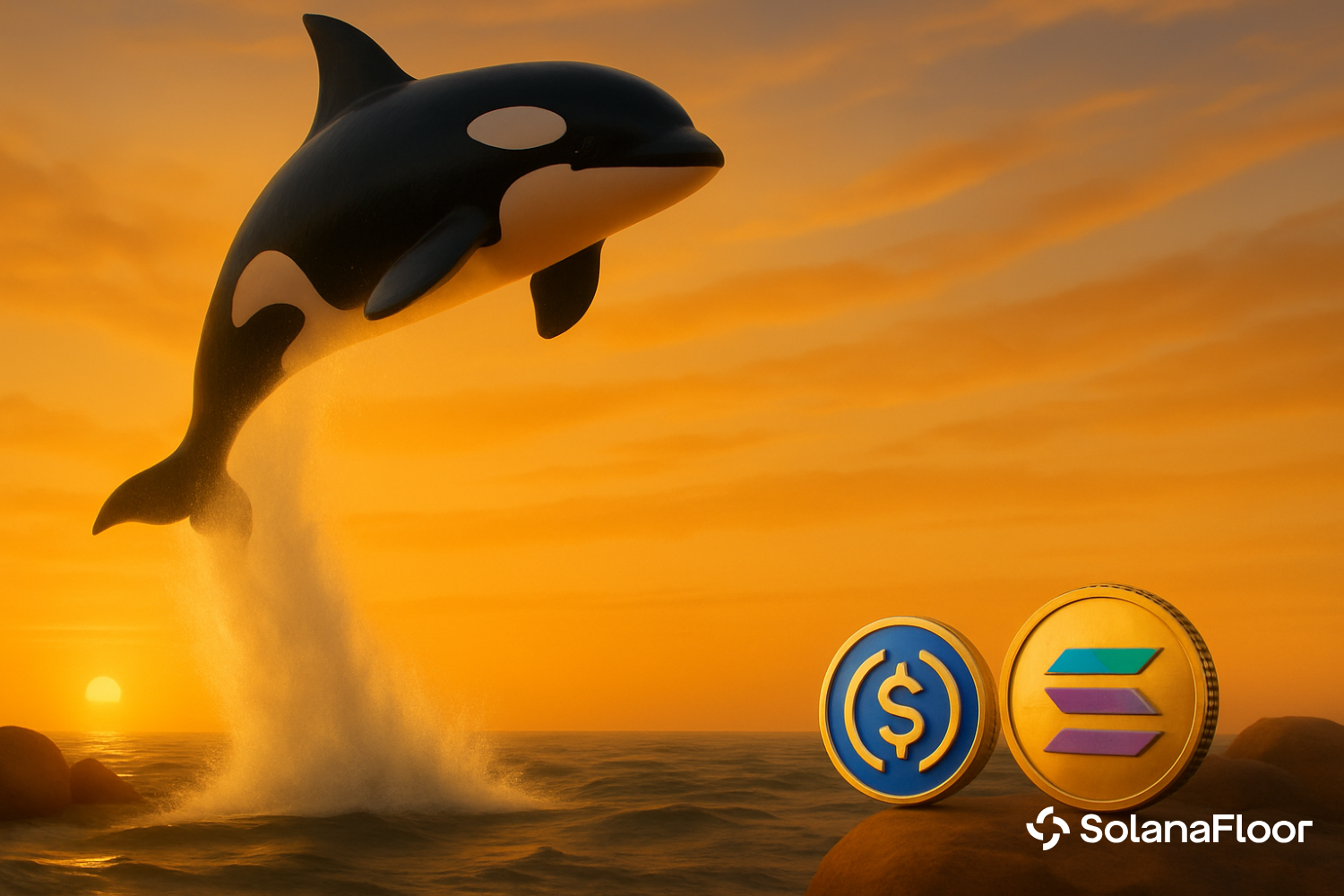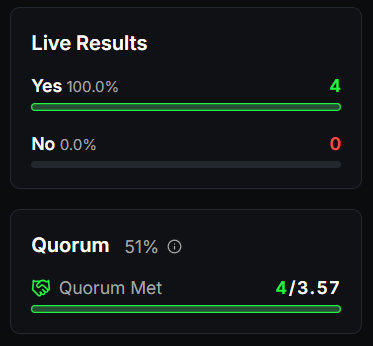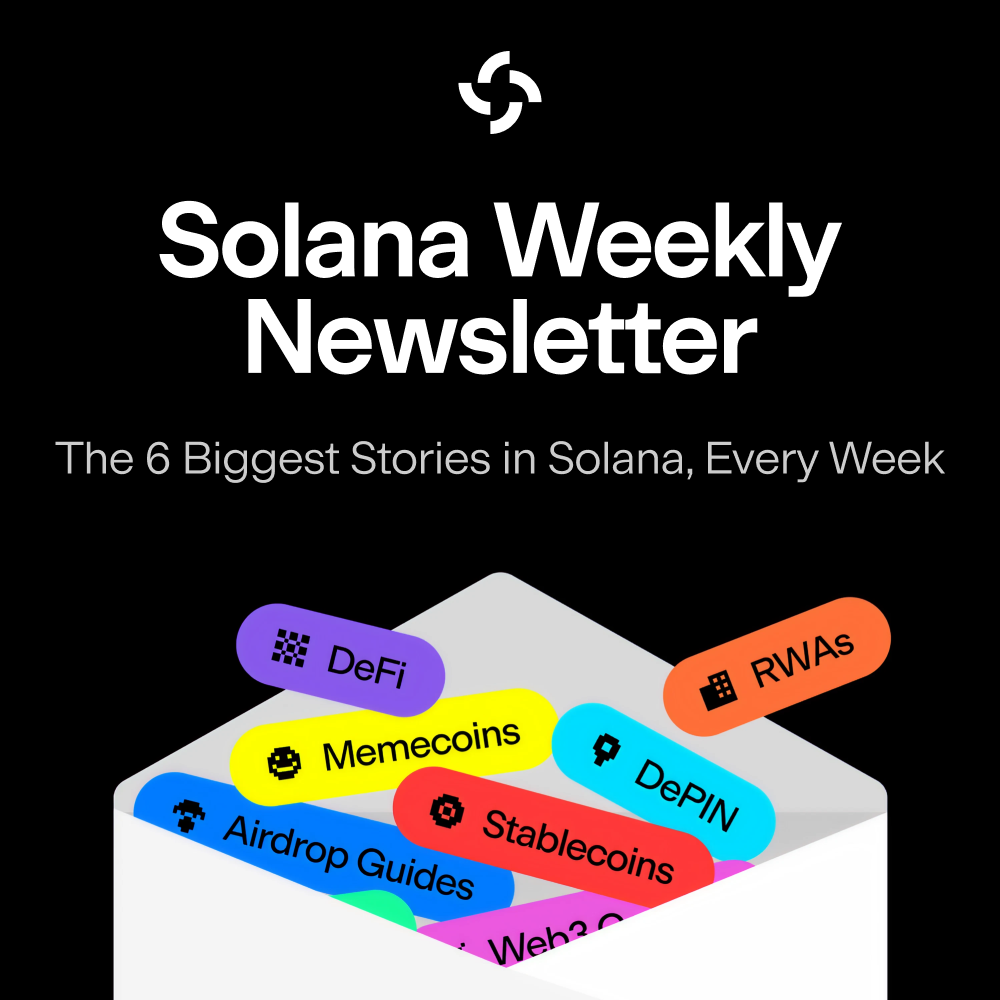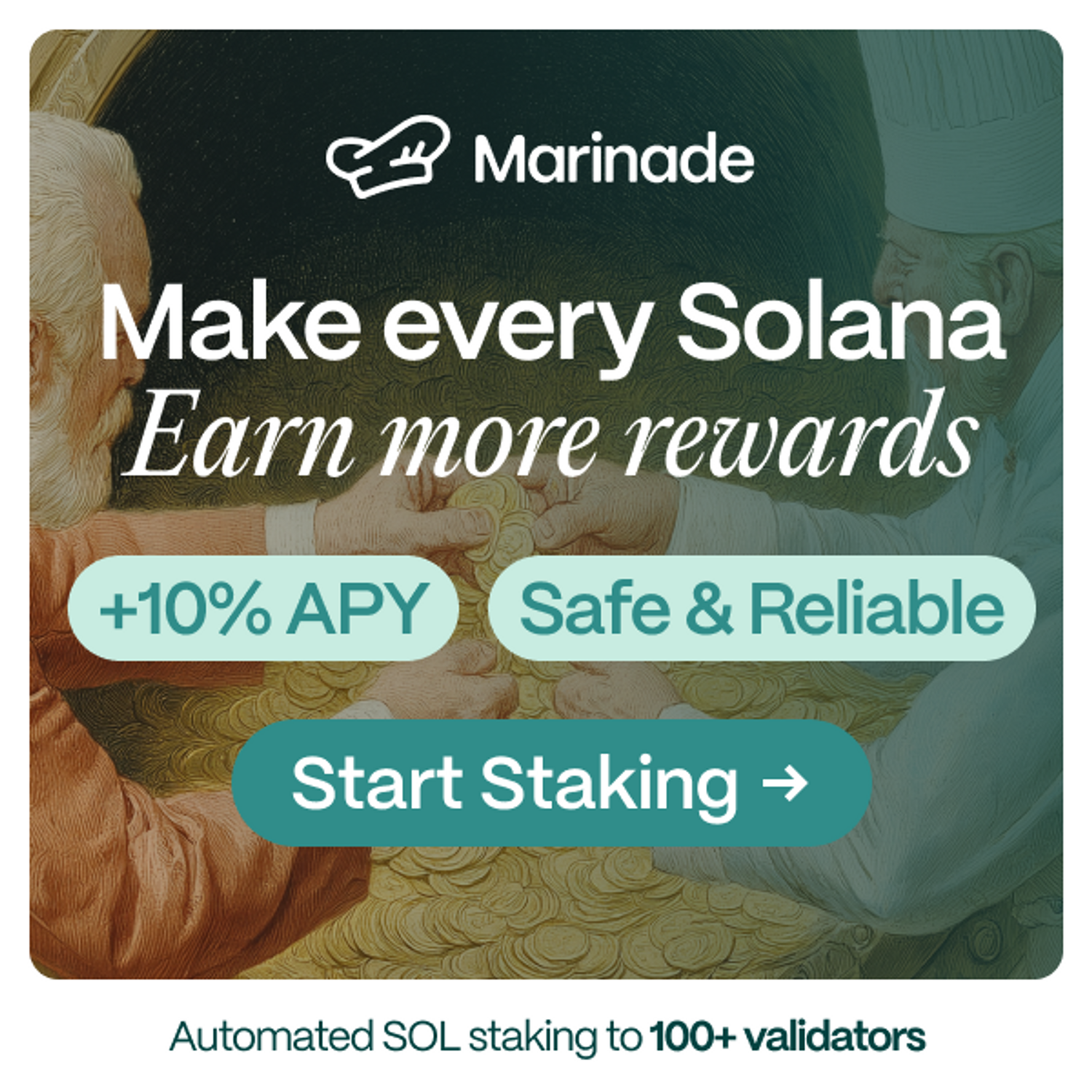
Orca DAO heeft een nieuw bestuursvoorstel geïntroduceerd dat het gebruik van kasmiddelen zou autoriseren om $SOL in de Orca-validator te steken en een 24-maanden opkoopprogramma voor het $ORCA-token te starten. Als dit wordt goedgekeurd, krijgt de Orca Governance Council de bevoegdheid om tot 55.000 $SOL en 400.000 USDC in de DAO schatkist te beheren en te gebruiken voor operaties in de validator en strategische open markt aankopen van $ORCA.
Dit initiatief weerspiegelt een bredere verschuiving in het DAO-bestuur in de richting van actiever financieel beheer en langetermijnafstemming met tokenhouders.
Doelstellingen van het voorstel
Het voorgestelde treasury plan heeft drie primaire doelen:
-
Neem $SOL in schatkistbewaarneming op in de Orca Validator ter ondersteuning van snellere transactiepropagatie door het protocol.
Overzicht
Onder het voorgestelde plan zou alle $SOL in de DAO Treasury Wallet eerst worden gestaked in een speciale validator, de Orca Validator. De validator zou de transactievoortplanting over het Orca-protocol verbeteren door een knooppunt aan te bieden dat geoptimaliseerd is voor Orca’s gebruikspatronen. De Raad zou de flexibiliteit behouden om periodiek $SOL aan de staking te onttrekken als dat nodig is om het opkoopprogramma te financieren.
De Raad zou treasury activa gebruiken om $ORCA tokens te kopen op de open markt, waarbij dagelijkse aankopen worden beperkt tot 2% van $ORCA's 30-daagse gemiddelde handelsvolume. Deze bovengrens is bedoeld om buitensporige volatiliteit te voorkomen en het risico van marktverstoring te verminderen. De Raad zou deze aankopen doen via gedecentraliseerde beurzen of via partnerschappen met market makers.
Verkochte $ORCA zou worden opgeslagen in de DAO Treasury’s portefeuille met meerdere handtekeningen en op een van de volgende drie manieren worden toegewezen: verbrand om het aanbod te verminderen, verdeeld onder xORCA stakers of gebruikt om ecosysteem subsidies te financieren.
Om het risico te beheren, zou de Raad de terugkoop pauzeren tijdens perioden van hoge volatiliteit, gedefinieerd als prijsschommelingen van meer dan 15% binnen een periode van 24 uur. Daarnaast zou de Raad de wisselkoersen (SOL/USD, SOL/ORCA, ORCA/USD) in de gaten houden om het gebruik van kapitaal te optimaliseren.
Het voorstel vereist dat de Raad driemaandelijkse rapporten publiceert met het totale aantal aangekochte tokens, gemiddelde aankoopprijzen, kosten en resterende fondsen. Het portefeuilleadres van het DAO Buyback Program zal openbaar worden gemaakt voor verificatie op de keten.
Vorige context
Orca DAO stelde in maart voor het eerst het Orca Token Revenue Share Model voor, en SolanaFloor deed een deep dive in de impact van de voorgestelde token buybacks. Dat model schetste het gebruik van 50% van de protocol fee inkomsten voor staking beloningen en mogelijk voor token buybacks. De analyse van SolanaFloor Data Insights benadrukte het potentieel voor aanzienlijke deflatie-effecten als de DAO de volledige $46,7 miljoen aan verwachte jaarlijkse inkomsten zou gebruiken voor buybacks. Onder deze omstandigheden zou Orca jaarlijks bijna 19,4 miljoen $ORCA uit de circulatie kunnen halen, wat een jaarlijkse deflatie van 19,4% betekent op basis van het circulerende aanbod op dat moment. Hoewel het huidige voorstel anders is, is het gebaseerd op dezelfde vooronderstelling dat gestructureerde terugkoop het aanbod aanzienlijk kan verminderen en houders van tokens op de lange termijn ten goede kan komen.
In april voerde Orca DAO een aantal ingrijpende wijzigingen door in haar tokenomics, waaronder het toewijzen van 20% van de protocolkosten voor wekelijkse ORCA buybacks, het verbranden van 25 miljoen $ORCA tokens en het toewijzen van $19 miljoen in USDC om het kernontwikkelingsteam te financieren. Er werd ook $10 miljoen gereserveerd voor opportunistische ORCA buybacks. Het nieuwe voorstel bouwt voort op deze basis door de Raad meer flexibiliteit te geven om de kasmiddelen dynamisch te beheren.
Orca heeft onlangs ook zijn voetafdruk in het Solana ecosysteem uitgebreid. Vorige week stapte het in de launchpad-ruimte met de release van Wavebreak, een no-code token deployment tool die zich aansluit bij het aanbod van Raydium en pump.fun. Wavebreak is ontworpen om detailhandelaren te ondersteunen en bevat bot-bestendige functies en prikkels voor deelname door de gemeenschap.
Governance-proces
Het voorstel werd besproken tijdens de vergaderingen van de Council’s op 15 mei en 15 juli 2025, waar het voorlopige goedkeuring kreeg voor stemmen op de onchain. Het bestuursproces omvat een discussieperiode van minimaal 4 dagen voor feedback vanuit de gemeenschap, een stemperiode van 5 dagen waarin 4 stemmen van de Raad vereist zijn voor goedkeuring en een veto-venster dat een afkoelingsperiode van 2 dagen is waarin tokenhouders hun veto over het voorstel kunnen uitspreken als er 1 miljoen $ORCA-stemmen tegen het voorstel worden uitgebracht.
De stemming voor het voorstel is een paar uur geleden live gegaan en de vereiste 4 stemmen van de Raad voor goedkeuring zijn al binnen.

Als de vetodrempel niet wordt gehaald voordat de afkoelingsperiode is afgelopen, zal de Raad doorgaan met de implementatie.
Conclusie
Orca DAO’s voorstel weerspiegelt een opkomende strategie onder toonaangevende Solana DAO's om protocolinkomsten en schatkistactiva actiever in te zetten. Jito DAO bevorderde onlangs een vergelijkbare agenda door 100% van zijn Block Engine en BAM vergoedingen in zijn DAO schatkist te storten om de waarde op lange termijn voor tokenhouders te versterken.
Door $SOL in te zetten en een gestructureerde token buyback te initiëren, wil Orca protocolprestaties ondersteunen, tokenhouders belonen en duurzaamheid op lange termijn versterken.
Lees meer over SolanaFloor
“Competition Never Ends”: Pump.fun herovert toppositie onder Solana Memecoin Launchpads
Solana Seeker Review: Is het de hype waard?
Heb jij de Solana Seeker telefoon al bekeken?



